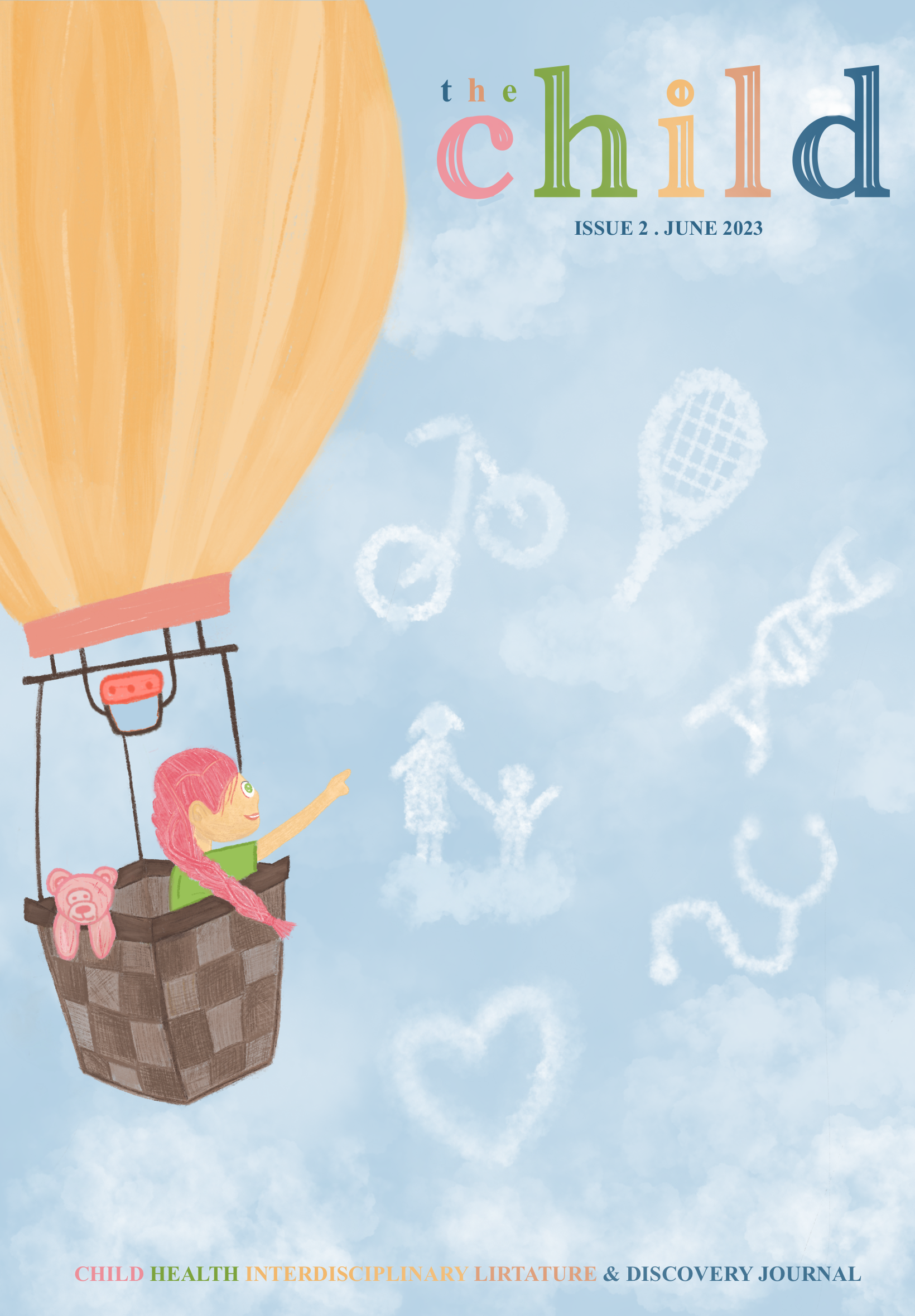Ecological Barriers and Challenges Affecting the Socioemotional Development of Children with Cerebral Palsy: Opinion Review
DOI:
https://doi.org/10.15173/child.v2i1.3522Abstract
Cerebral Palsy (CP) is a group of neuromotor disorders that affects 1 to 4 in every 1000 youth worldwide. Both physical and socioemotional challenges may arise due to physical ability, environmental context, and negative social attitudes around disability. In this article, elements of Urie Bronfenbrenner’s ‘Ecological Systems Theory’ are used to explore the systems and contexts that children grow up in, with the purpose of demonstrating how these factors affect children’s socioemotional development. Literature expanding on three major microsystems (the home environment, the school environment, and the medical environment) are examined, connecting individual challenges to broader systemic barriers. Within the home environment, factors such as caregiver well-being, community support, and sociocultural perceptions of CP are significantly related to socioemotional challenges. In the school environment, exclusionary behavior by both peers and teachers as well as need for CP-specific accommodation often lead to feelings of isolation and reduced participation. Finally, the medical environment poses systemic barriers in the form of financial and logistical challenges, stigma around disability, as well as inadequate support in the transition to adulthood. The presence of these barriers further emphasizes the importance of considering socioemotional challenges as an integral part of the experience of CP, and the need for further research and reform within the systems that produce these challenges.

